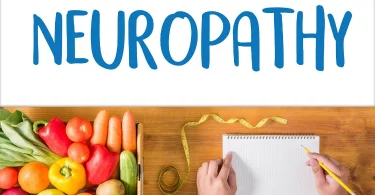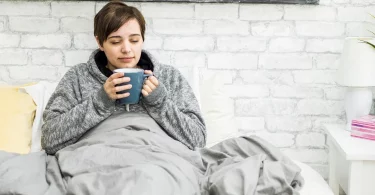
The symptoms of stroke might be as severe as the incapacity to talk. However, subtle indications are sometimes mistaken for general health concerns, despite the fact that they are just as hazardous. Failure to recognize these signs might cause delays in obtaining medical aid, rendering the most effective stroke therapies ineffective.
Because certain therapies are only effective in the first few hours following a stroke, getting medical help as soon as possible might dramatically improve your chances of surviving one. Weakness and fainting in the limbs are obvious signals of an oncoming stroke, but these 15 less spectacular symptoms are also indicators.
Improper balance

Balance loss happens immediately before a stroke, as well as during and after recovery. When a person has a stroke, their balance is frequently disrupted, leaving them unstable or dizzy when moving. Patients might begin to regain their equilibrium as the brain heals.
Weak facial muscles

People who are going to have a stroke or who have had a stroke frequently have weak facial muscles. It develops when there is a damage in the nerves controlling the facial muscles. Facial palsy is a condition in which one side of the face loses muscle mass while the rest of the body remains functioning.
Dizziness

An acute brain stem stroke causes vertigo and lightheadedness. These symptoms are usually not present at the same time as partial or facial palsy. Because headaches are so prevalent and even the bright light can induce it, hospitals may misdiagnose them as something else.
Numbness

Numbness is another typical — and sometimes overlooked — sign of a stroke. A person is less likely to have numbness in one of their arms or legs before a stroke. Medical experts may misdiagnose this symptom since it is frequent in other illnesses that constrict the nerves in the arms or legs.
Sudden severe headaches

Someone who has suddenly developed severe headaches or migraines may be at risk for a stroke. Strokes happen when blood arteries in the brain get clogged, denying oxygen to the brain. Even when recuperating, some people may endure headaches or migraines.
Partial paralysis

Following a stroke, paralysis (the inability to move a muscle) is a frequent condition. After a stroke, 90% of survivors experience some sort of paralysis in their bodies. Even years after a stroke, rehabilitation can help survivors repair their muscles and restore voluntary movement.




